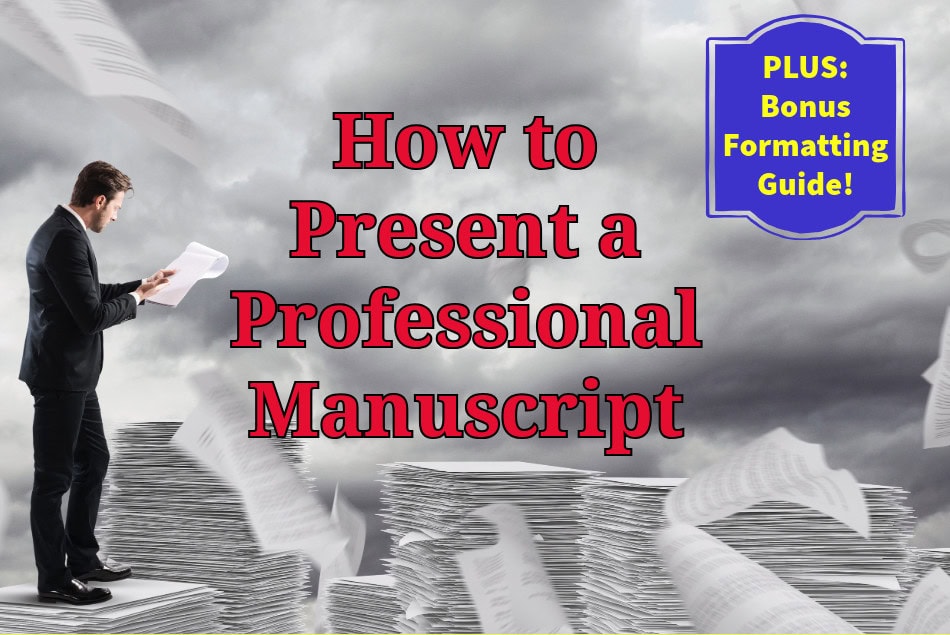By Brenda Copeland
Writing is a creative endeavor where so much is up to you, the writer. What is not up to you, however, are the nuts and bolts of the book itself. There are rules to follow when it comes to grammar, layout, and convention—and they are not made to be broken. So as much as you may color outside the lines when it comes to storytelling, you’ve got to adhere to the structures and standards that your audience relies on for a smooth read.
Here’s a handy (and completely random) checklist of common mistakes to look out for in your work:
1. Ellipses show the omission of words, signifies a pause, something left unsaid, or silence. Ellipses are three dots, with a space before and after.
“Do you have … um … a cigarette?”
2. Punctuation goes inside quotation marks.
“Don’t forget to feed the cat,” Edna said.
3. It’s “all right,” and not “alright.” The only exception is dialogue. All right?
4. Semicolons are tricky. Kurt Vonnegut advised against them. “All they do is prove you’ve gone to college,” he said. If you insist on using them, make sure to use them properly. Semicolons join related ideals that are equal in grammatical structure.
The following example is correct because two independent clauses are linked by a semi-colon.
Lucy likes red wine; John likes white.
The following example is not correct because it joins an independent clause with a dependent clauses. That is, they are not equal in structure.
The bread was stale; moldy and hard.
5. Numbers from one to ninety-nine are to be spelled out and not written as numerals—that is, 1 to 99. Numbers from 100 onwards are presented as numerals.
6. Only one space after a period. Using two spaces ages you as much as that AOL email address.
The apostrophe is a handy little punctuation mark. Did you know that the roots of this word are Greek, meaning “to turn away?” Apostrophes are used for contractions—that is, to replace missing letters.
It is cold outside.
It’s cold outside. Also, for possession.
Felicity’s prom dress was red. Do not use apostrophes for years.
1960s and not 1960’s. And never use an apostrophe to make a word plural. This grammatical depravity is known as a “greengrocer’s apostrophe.” If you’ve ever seen a sign for “apple’s and orange’s,” you’ll know why. I’m saving the best last: its and it’s. It’s (with an apostrophe) is the contraction of it is or it has. Its (no apostrophe), is a possessive pronoun, like his or hers. The first example is correct. The second is not.
It’s time for lunch.
The dog played with it’s ball.
7. Don’t confuse “affect” and “effect.” Affect is a verb (in most cases) that means to change or impact. Effect is a noun (in most cases), indicating the result of change.
I affected my company by bringing in new business. The effect of that was a nice big bonus.
8. Watch out for unnecessary shifts in verb tense.
Marylou studied hard for the test. She finishes first in her class.
9. Do not use “literally” when you mean “figuratively.”
“OMG. I literally died.” No, you didn’t.
Novelists get to decide what shape their story takes, who their characters are, and what situations they want to put them in. Want to write a mind-bending time travel novel? Go ahead. Create your tomorrow and the people who will inhabit it. Romantic suspense? The bodice is yours for the ripping. Nonfiction has just as many opportunities. While you may not create situations out of whole cloth, you do have the choice of how you frame the circumstances of the book and how you present the real-life people who find themselves in the pages of your book. It’s all up to you.
Still have questions about the do’s and don’t’s of submitting your manuscript to agents and editors? Share your questions with us on Facebook.

